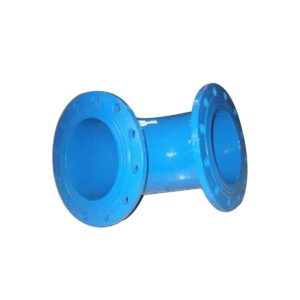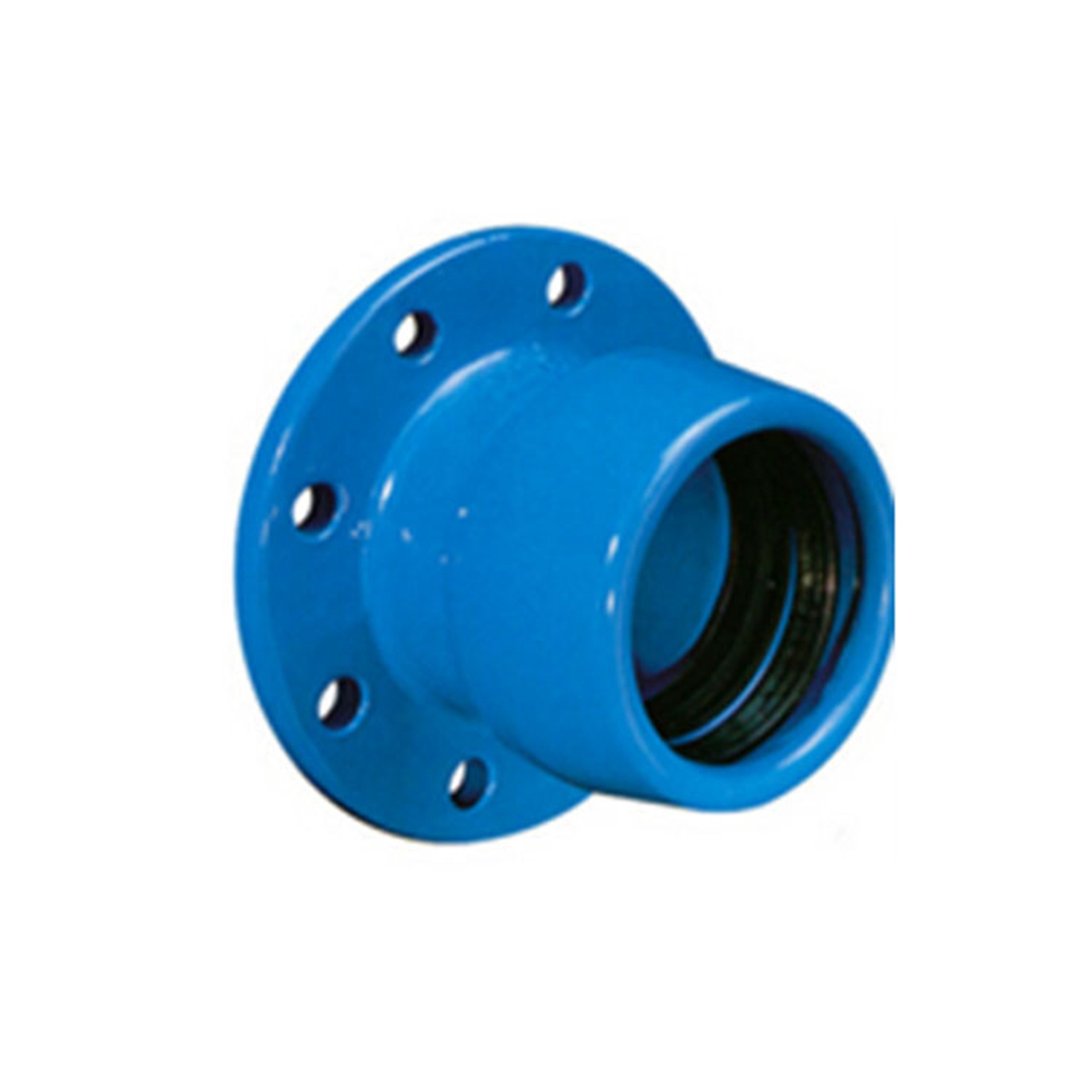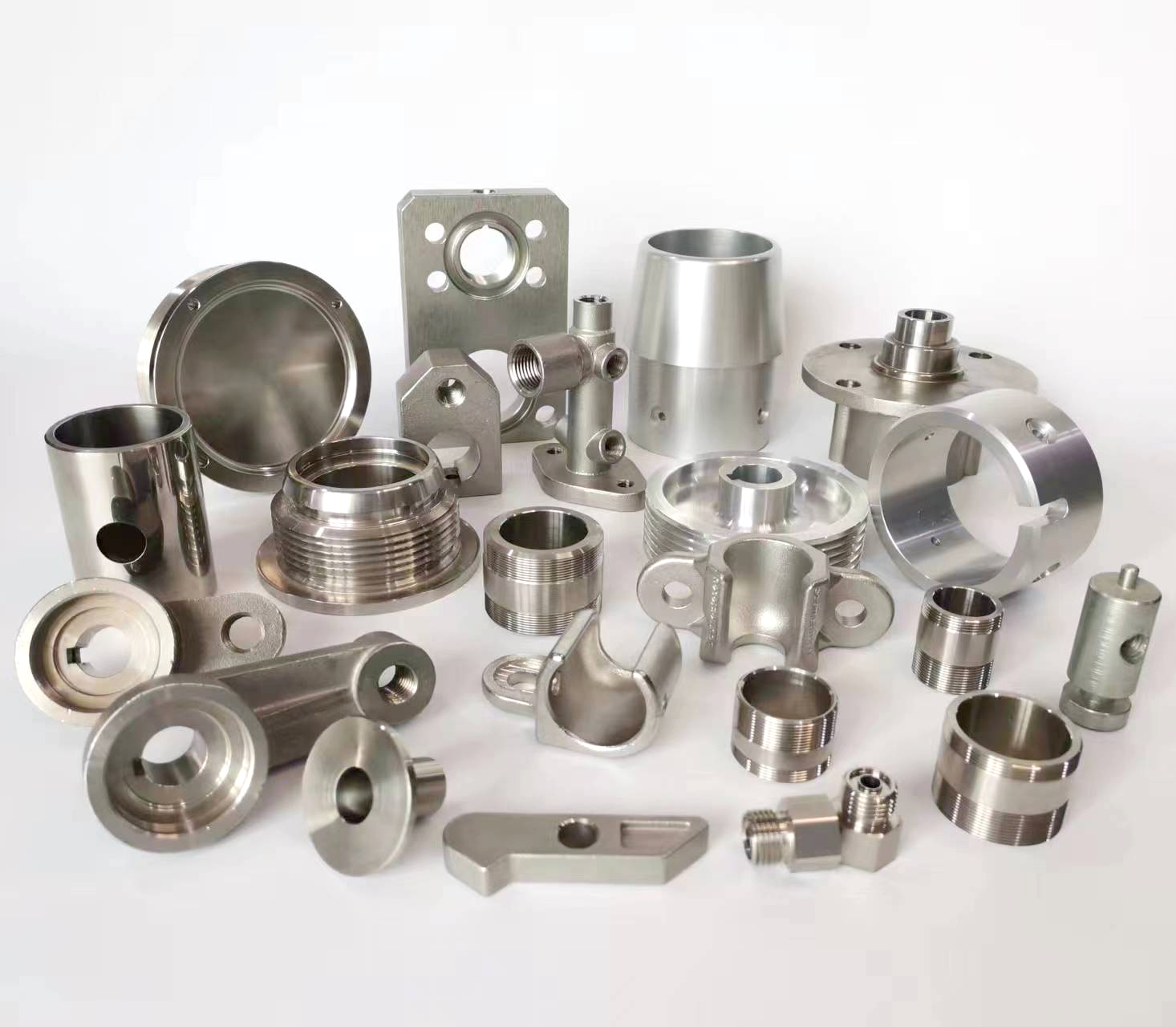
Several types of sand methods and materials are commonly used and are listed below:
1. Dry Sand
Dry sand is a specific type of molding sand that uses clay (either kaolinite or bentonite) with very little water as a binding agent. This binder creates a mold that retains its pattern-rammed shape and withstands the pouring of molten metal without collapsing or causing defects in the casting. A major advantage of this approach is that there is less steam in the fill process that can otherwise fracture and destabilize the sand construct, or disrupt the pour.
2. Resin Sand
Resin sand, also referred to as resin-coated sand or furan sand, is a type of molding sand used in sand casting processes. Furan refers to the use of furfuryl alcohol resin. It is a mixture of silica sand or other aggregate materials and a synthetic resin binder that bonds sand grains into a coherent mass, creating a stable and robust mold for casting metal parts.
Using resin-coated sand in sand casting offers several advantages over traditional green sand or dry sand processes. Resin-sand molds are stronger and have better dimensional stability compared to green-sand molds, resulting in more accurate and consistent castings. The cure duration for furan-sand molds is shorter than the drying time required for green-sand molds. Furan-sand molds often result in castings with smoother and cleaner surface finishes due to reduced mold surface defects. Resin-sand molds are less prone to deformation or mold collapse during metal pouring, leading to higher productivity through fewer failures, low or zero steam defects, or reduced need for post-casting fettle.
3. Sodium Silicate or Water Glass
Sodium silicate or water glass casting is a specialized sand casting process that exploits a sodium silicate binder to integrate the sand for mold formation. The mold is formed in the traditional way and is dried and cured to create a more precise structure than green-sand casts. This technique is traditionally preferred for more intricate and delicate patterns, but may well be performance and cost surpassed by furan-sand casting.
These molds are less resilient in use and handling than some other methods. Sodium silicate casting is still widely used, for benefits such as: good dimensional stability, low cost, shorter curing time compared to green-sand molds, and lower moisture content at fill than green-sand casting.
4. Green Sand
Green-sand (or greensand) casting is a widely used process for manufacturing metal parts. The green appearance of the sand is due to the presence of moisture, bentonite clay, and sea coal. Sea coal is powdered bituminous coal that coincidentally washes up on beaches and is “naturally” present in beach sand as the first casting medium. This cast-making process offers a poorer surface finish and lesser precision/repeatability than more modern processes using less volatile and fragile binders.
Nonetheless, green-sand casting offers various advantages that keep it in heavy use, such as: suitability for producing the widest range of part sizes and complexities, simplicity, minimal tooling requirement, and the sand can be reused.





